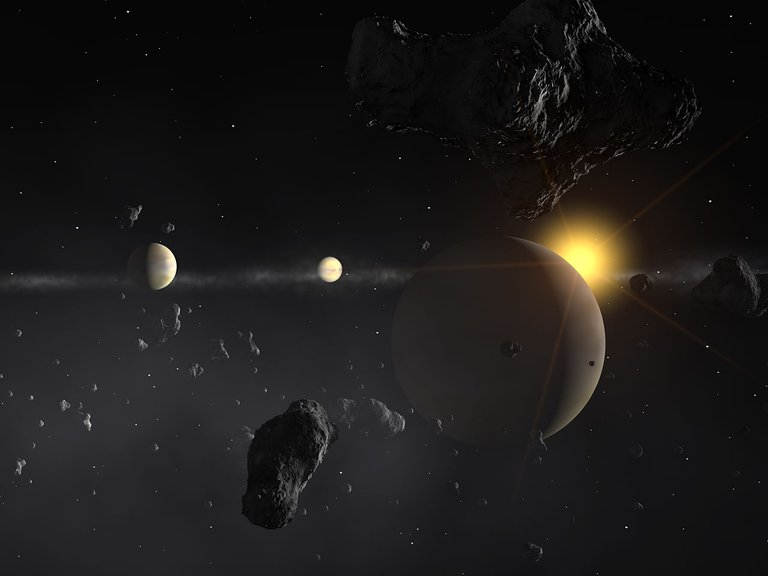Improvement of the mathematical model to analyze the evolution of the solar system in the UPV

In this work they have collaborated mathematicians, computer, physics and astronomers, and despite having participated in the UPV, they have also participated the universities of Valencia and Castellón and the Observatory of Paris.
Precisely, at the Paris Observatory, a few years ago, under the direction of astronomer Jaques Laskar, a simulation was created to analyze the evolution of the solar system. With complex mathematical models they managed to back 250 million years, which meant a year for computers. However, according to Laskar, at 50 million years the data quickly lose reliability. Thus, with the aim of fine-tuning the result, he launched the challenge in a congress to see if someone managed to improve mathematical methods.
At the UPV-EHU Faculty of Computer Science, the challenge has been maintained and, together with researchers from the universities of Castellón and Valencia, the numerical methods used for simulation have been improved. The mathematician of the UPV, Ander Murua, explained that “we have developed more efficient numerical methods than those previously known. And, on the one hand, we have achieved greater precision and, on the other, we have reduced the time of calculation.”
They have carried out several experiments to prove the usefulness of methods, according to which, “in the next simulation, Laskar will not have to wait a year, he will have worked a few weeks”, says Murua.
Meanwhile, the scientific journal Applied Numerical Mathematics has published an explanation of the numerical methods developed in the article entitled New families of symplectic splitting methods for numerical integration in dynamical astronomy. In addition, they announce that in the journal Celestial Mechanics and Dynamical Astronomy the results of the comparison between the new methods and the already known are also being published.
Buletina
Bidali zure helbide elektronikoa eta jaso asteroko buletina zure sarrera-ontzian










